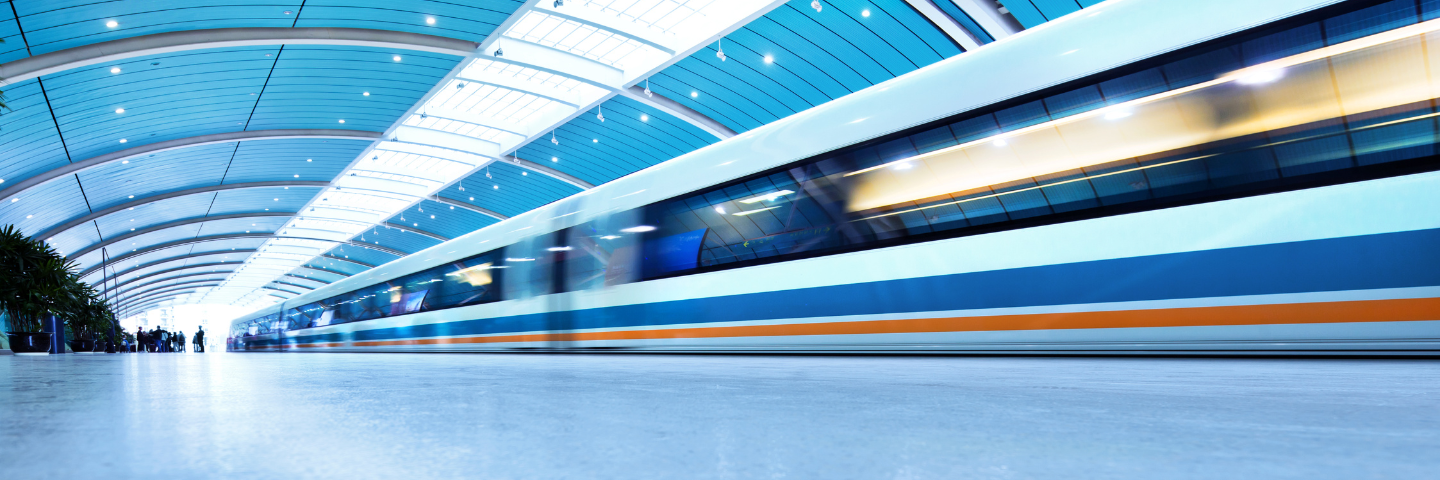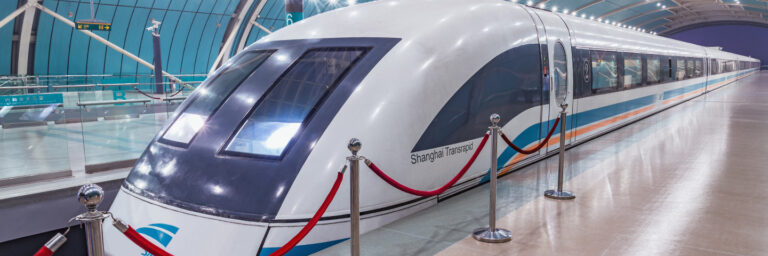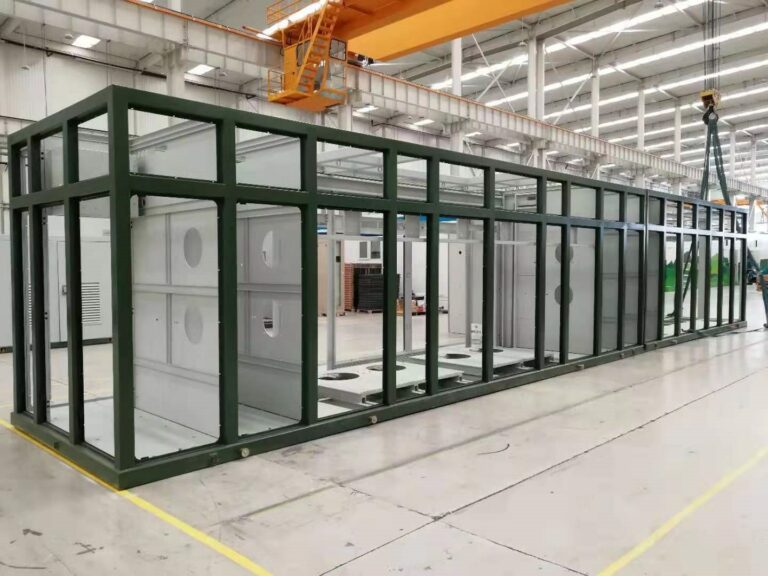DC solutions for the railway industry
In numerous industries, railway networks rely on the efficiency and reliability of DC voltage, derived from the more prevalent Alternating Current AC grid through meticulous transformation and distribution in substations.
Powering Traction Vehicles with Precision
The DC overhead lines serve as the lifeline for traction vehicles, seamlessly delivering power to drive systems through sophisticated frequency control mechanisms. These drive systems power the motors of traction vehicles, ensuring smooth operation and optimal performance on the tracks.
Optimized Energy Transformation
At the heart of our infrastructure lies the meticulous optimization of energy transformation and regulation. This intricate process demands specialized knowledge of power electronics to ensure seamless integration and operation of both infrastructure and railway vehicles.
The Rising Tide of DC in the Network Industry
Advantages of DC Solutions
Reduced Energy Loss
DC systems boast minimal energy loss compared to their AC counterparts, ensuring optimal efficiency in power transmission.
Enhanced Current Capacity
With the ability to carry approximately five times more current than AC systems of the same diameter, DC solutions offer unparalleled performance.
Compatibility with Electrical Appliances
Many electrical appliances operate on DC power, eliminating the need for constant energy conversion between AC and DC, thereby reducing unnecessary losses.
Integration of Green Energy
DC grids facilitate the seamless integration of green energy sources, paving the way for a more sustainable and environmentally friendly future.
Power electronics components in railway infrastructure
Power electronics components are pivotal in managing the DC network within railway infrastructure. Among the most utilized components are power rectifiers, DC-DC converters, and surge arresters. These elements play a crucial role in regulating voltage and current, ensuring a consistent power supply for trains.
DC-DC converters & Surge arresters
Enhancing the infrastructure performance
Semiconductor-based power electronics components are indispensable in modern railway infrastructure. They find applications in traction vehicles, substations, and various railway systems to uphold stable power distribution. With technological advancements, we anticipate the emergence of even more efficient and reliable power electronics components, further enhancing railway infrastructure performance.
AC and DC traction networks
Smart AC and DC traction networks represent the next generation of railway electrification systems, incorporating advanced technologies for enhanced efficiency, reliability, and control.
Integration of smart grid technologies
Smart AC and DC traction networks leverage smart grid technologies to optimize energy usage, monitor performance, and improve system efficiency. This includes the use of sensors, communication networks, and data analytics. All these components work together to gather real-time information about power consumption, track conditions, and equipment health.
Efficient power distribution
Smart traction networks utilize advanced power electronics and control systems to efficiently distribute electrical power to trains. This includes optimizing voltage levels, managing power flow, and minimizing losses to ensure the most efficient operation of the system.
Some key aspects
- Adaptive control systems: Smart AC and DC traction networks incorporate adaptive control systems that can dynamically adjust parameters such as voltage, current, and frequency to match the changing demands of the railway system. This allows for better responsiveness to varying loads, speeds, and operating conditions.
- Predictive maintenance: Smart traction networks use predictive maintenance techniques to anticipate and prevent equipment failures before they occur. By analyzing data from sensors and monitoring systems, maintenance activities can be scheduled proactively. This is a huge benefit wich comes with minimized downtime and reduced maintenance costs.
Energy recovery systems
Smart traction networks often include energy recovery systems that capture and store energy during braking or deceleration of trains. This regenerated energy is fed back into the grid or used to power other trains. Doing so reduces overall energy consumption and improves system efficiency.
Interoperability and compatibility
Smart AC and DC traction networks are designed to be interoperable and compatible with existing railway infrastructure and rolling stock. This ensures seamless integration with legacy systems while enabling the gradual adoption of new technologies and capabilities.
Enhanced safety and security
Smart traction networks incorporate advanced safety and security features to protect against potential hazards and cyber threats. This includes redundant systems, fail-safe mechanisms, and robust cybersecurity measures to safeguard critical infrastructure and data.
During a short circuit event, the current surges rapidly due to voltage, constrained by loop inductance. Upon surpassing the preset current threshold, the breaker triggers within a mere 10 microseconds, capping the current to prevent destructive levels. Excess energy stored in loop inductance is dissipated through protective overvoltage mechanisms within the breaker, ensuring system integrity.
Join us in our journey towards a greener, more efficient, and technologically advanced era of transportation infrastructure powered by innovative solutions. Contact us for more information.



